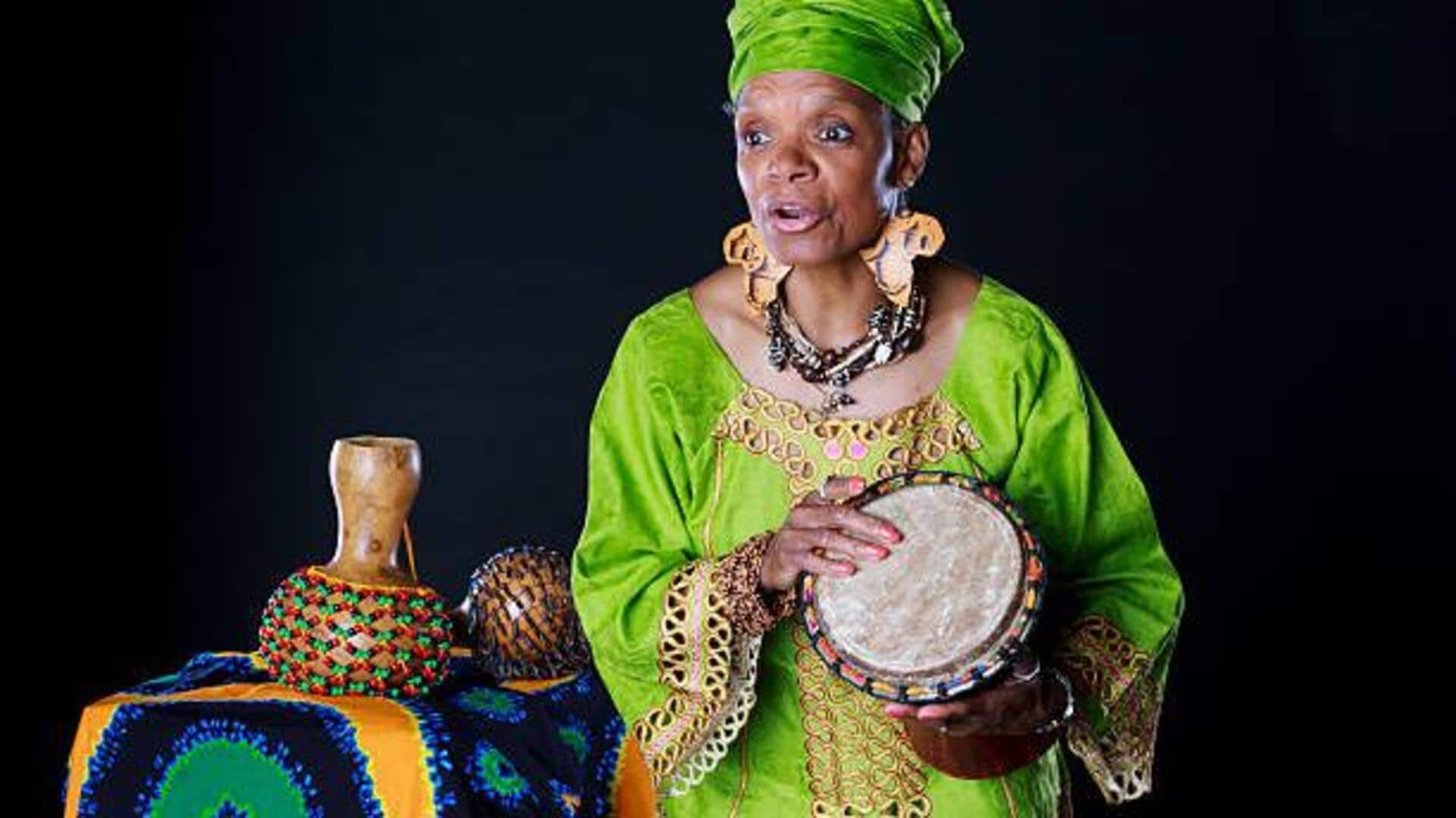
Master the art of African storytelling: 5 techniques
What's the story
African storytelling is a beautiful tradition that has been passed down through generations.
It isn't just about telling stories but also about connecting with the audience and passing on the cultural values.
This art form employs a number of techniques to enthrall the listeners and teach them a thing or two.
Here's how you can learn them and narrate stories like a pro.
Rhythm
Use of rhythm and repetition
Rhythm plays a key role in African storytelling, often used to give it a musical quality that leaves the audience spellbound.
Repetition of phrases or sounds helps drive home key points and makes the story easier to remember.
Using the technique, storytellers can also build suspense or lay emphasis on important portions of the narrative, keeping listeners hooked throughout.
Interaction
Incorporating call-and-response
Call-and-response is a lively technique in which the storyteller engages with the audience by asking them to respond at certain points in the story.
This involvement keeps listeners engaged and makes them feel a part of the story.
It also keeps them invested and ensures that they are following the story's development.
Imagery
Utilizing symbolism and metaphors
Symbolism and metaphors are widely used in African storytelling to convey deeper meanings without explicitly stating them.
These literary devices enable storytellers to express complex ideas in simpler terms. This makes it easier for audiences to grasp underlying messages.
By using familiar symbols or metaphors, narrators can connect with their listeners on an emotional level.
Values
Emphasizing moral lessons
Many African stories are written to give moral lessons or teach cultural values, using entertaining tales as their medium.
This way, storytellers can educate their audience and keep them engaged at the same time.
It makes sure the vital teachings and cultural heritage are preserved and passed from generations to generations.
It's a powerful way to impart wisdom, combining fun with valuable life lessons.
Performance
Engaging through dramatic expression
Dramatic expression is the heart of African storytelling. It involves the use of gestures, facial expressions, and vocal variations to bring stories alive.
The performance element adds emotion and depth to the narrative, allowing audiences to visualize scenes better.
By mastering dramatic expression, storytellers can make their tales even more compelling and memorable for listeners.